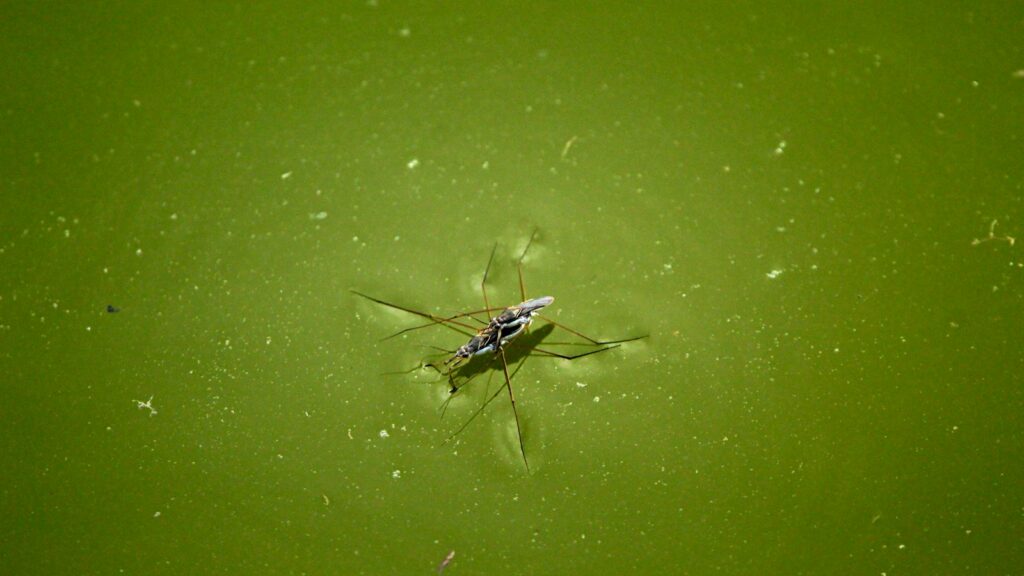Have you ever marveled at the sight of a small insect seemingly defying the laws of physics as it glides effortlessly across the surface of a pond or puddle? This fascinating phenomenon is not magic but rather an intricate dance between biology and physics. Water striders, fishing spiders, and other aquatic insects have evolved remarkable adaptations that allow them to treat water’s surface as their personal highway. These creatures don’t actually walk on water in the miraculous sense—they exploit fundamental scientific principles that allow them to harness surface tension. From specialized leg structures to water-repellent body coatings, the mechanisms behind this ability represent one of nature’s most elegant engineering solutions. Let’s dive into the fascinating world of insects that skate on liquid surfaces and discover how they accomplish this seemingly impossible feat.
The Physics of Surface Tension
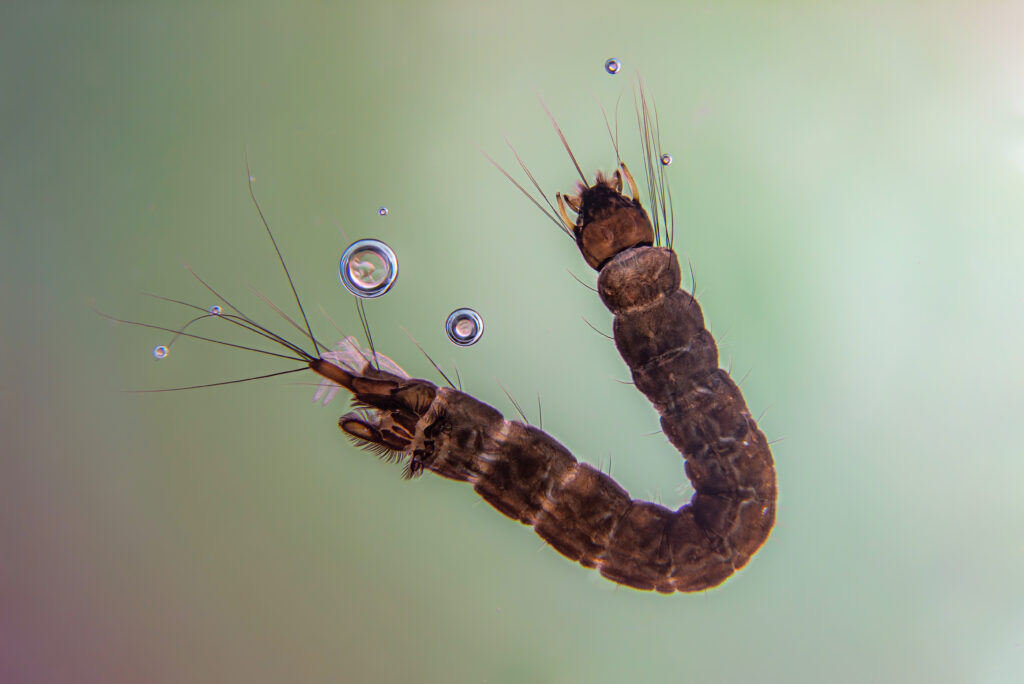
At the heart of water-walking abilities lies the principle of surface tension, a property that creates a thin, invisible “skin” on water’s surface. This tension occurs because water molecules at the surface experience an imbalance of forces—they’re pulled inward toward other water molecules below but have no matching pull from above. The result is a slightly elastic membrane-like quality that can support lightweight objects. Mathematically, water has a surface tension of about 72 dynes per centimeter at room temperature, making it one of the highest of all common liquids. This remarkable property allows small objects to be supported if they distribute their weight effectively. Surface tension explains why small metal paperclips can float on water despite being denser than the liquid itself, and it’s this same principle that water-walking insects exploit with far greater sophistication.
Water Striders: The Masters of Water Walking
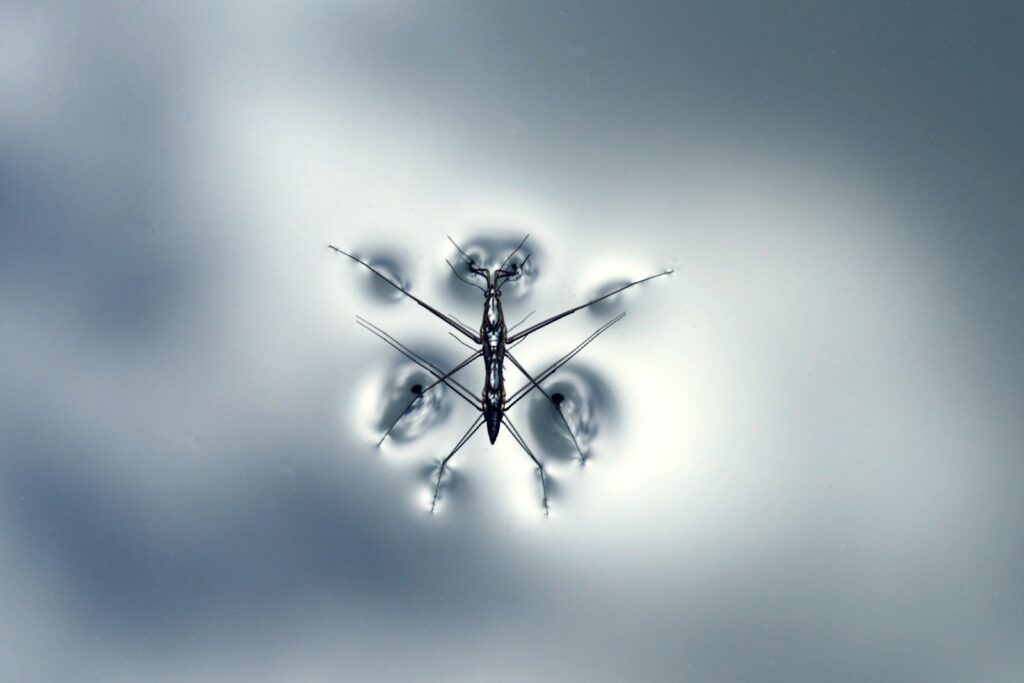
Water striders (family Gerridae) represent the quintessential water-walking insects, having perfected this locomotion method over millions of years of evolution. These remarkable creatures can distribute their modest weight (typically less than 10 milligrams) across their specially adapted legs, creating pressure that’s insufficient to break the water’s surface tension. Each water strider possesses six legs—the middle and hind pairs are primarily used for locomotion while the shorter front pair helps with catching prey. The insects can move at impressive speeds of up to 1.5 meters per second by essentially rowing across the water’s surface. What’s particularly fascinating is that water striders never actually touch the water itself—their legs remain dry as they create microscopic depressions in the water’s surface without breaking through, like tiny boats floating on an invisible membrane.
The Crucial Role of Hydrophobic Coatings
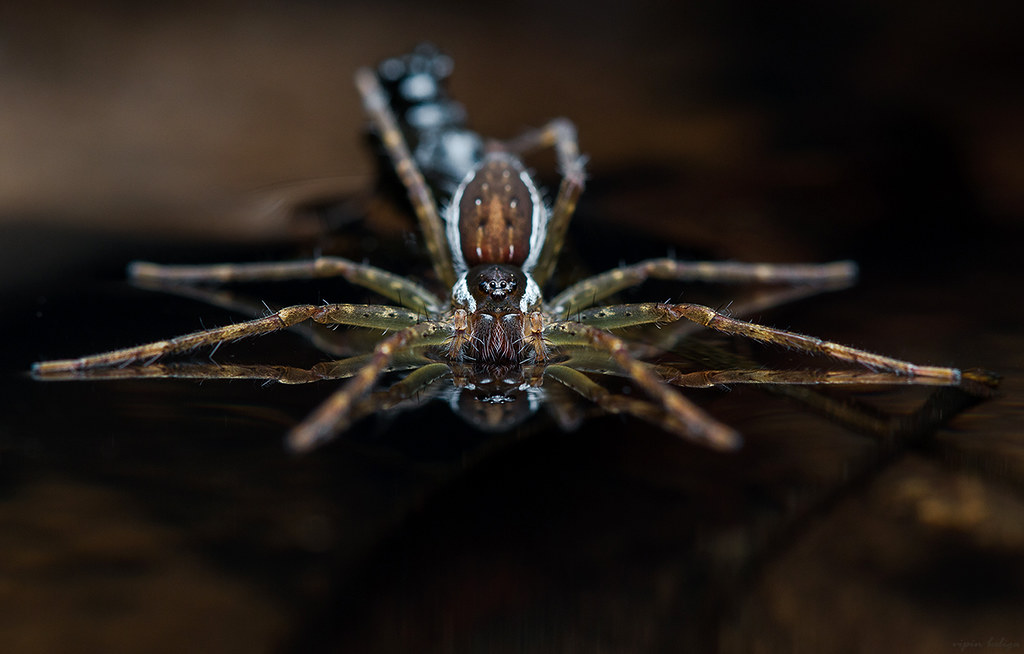
The water-repellent nature of water-walking insects’ bodies plays a critical role in their ability to stay afloat. Their legs and bodies are covered with microscopic hydrophobic (water-repelling) hairs called microsetae that trap tiny air bubbles between the leg and the water. In water striders, these microsetae are incredibly dense—approximately 10,000 per square millimeter—creating a superhydrophobic surface that prevents water from making direct contact with the insect’s body. This natural coating creates a contact angle of about 167 degrees between the water and the insect’s legs, significantly higher than most artificial water-repellent materials. The trapped air layer not only helps the insect float but also reduces drag as it moves across the water’s surface. This sophisticated natural technology has inspired numerous biomimetic applications, from water-repellent fabrics to self-cleaning surfaces.
Specialized Leg Structures for Weight Distribution
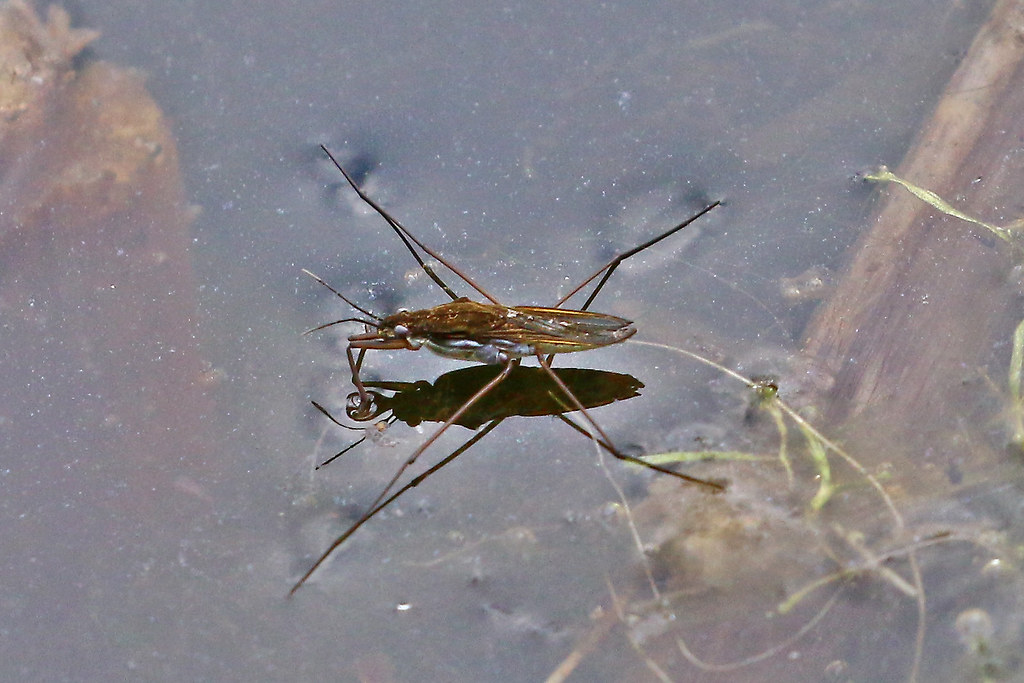
The legs of water-walking insects feature remarkable specializations that distribute weight optimally across the water’s surface. Unlike terrestrial insects, water striders have significantly elongated middle and hind legs that effectively function as pontoons. These legs can span up to 20 times the insect’s body length, dramatically increasing the surface area in contact with the water and dispersing the insect’s weight. The legs are also equipped with tiny, flexible hairs that increase their effective surface area without adding significant weight. When a water strider stands on water, each leg creates a small depression in the water’s surface without breaking through—forming what scientists call a “dimple.” The combined surface area of these dimples supports the insect’s entire weight, allowing it to stand and move without sinking. The precise arrangement of legs also facilitates various movement patterns, from fast skating to stationary positioning.
Locomotion Techniques and Movement Mechanics
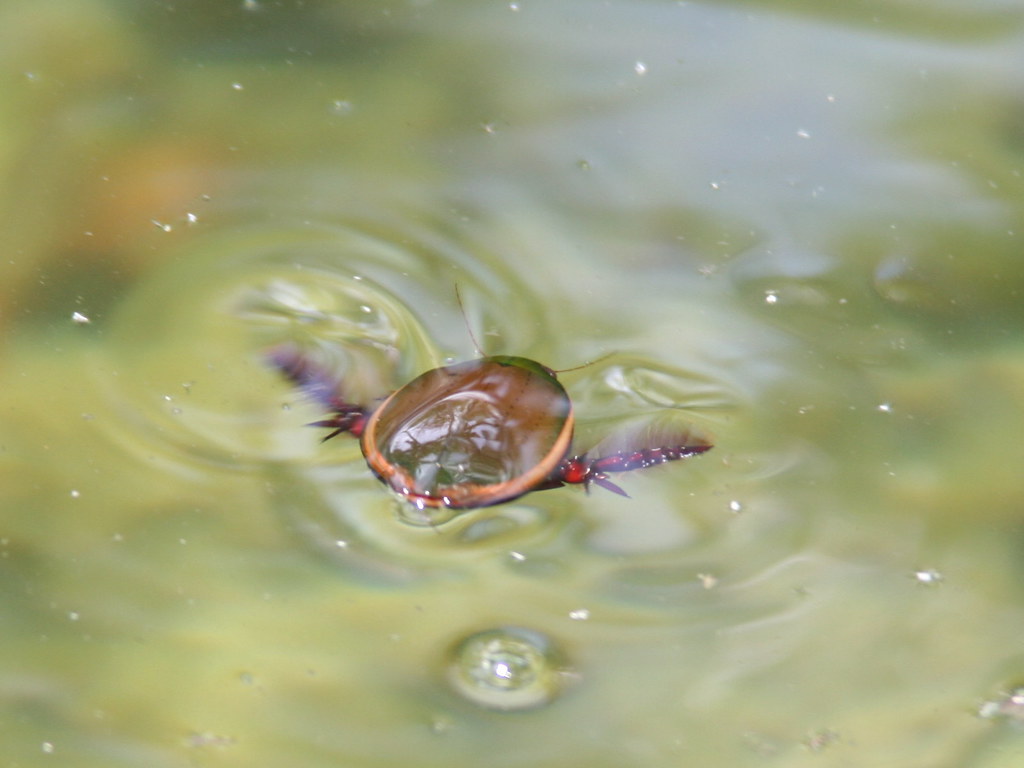
Water-walking insects employ sophisticated movement strategies that harness the unique properties of the water’s surface. Rather than traditional walking motions, water striders essentially “row” across the surface using their middle legs as oars while their hind legs function primarily for steering. Each rowing stroke creates small vortices beneath the water’s surface that propel the insect forward through action-reaction forces analogous to those that propel swimmers. High-speed photography has revealed that water striders move their middle legs in a circular motion, never fully breaking contact with the water’s surface. This distinctive movement allows them to accelerate rapidly—reaching top speeds in just a few milliseconds—making them formidable predators. Some species can even jump several centimeters above the water’s surface to avoid predators, landing without breaking through the surface tension—a remarkable feat of natural engineering that requires precise control and specialized leg adaptations.
Fishing Spiders and Their Unique Adaptations
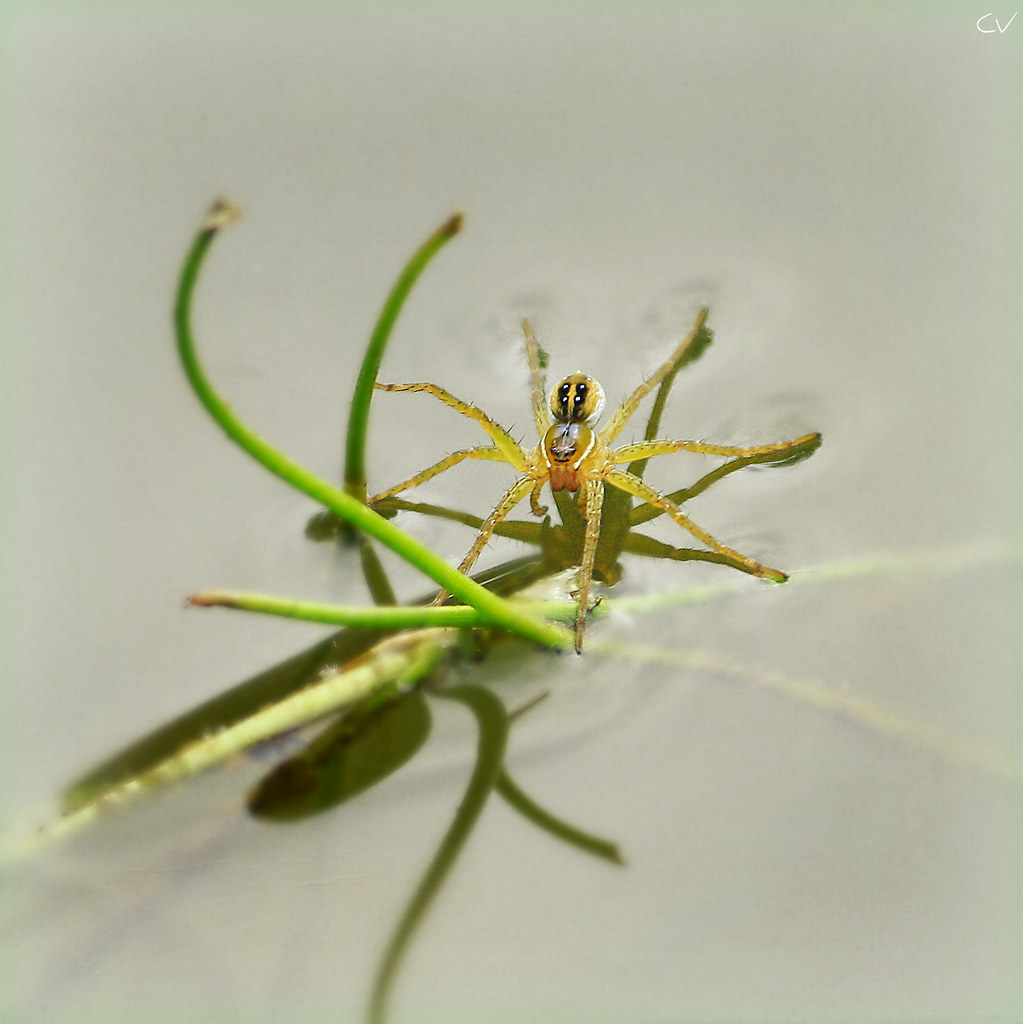
Fishing spiders (family Pisauridae) represent another group of arthropods that have mastered the art of water walking, though with different adaptations than water striders. These larger arachnids can weigh up to 500 milligrams—significantly heavier than water striders—yet still support themselves on water surfaces through a combination of hydrophobic leg coatings and specialized weight distribution. Unlike water striders, fishing spiders use all eight of their legs for support and movement on water, with their legs splayed in a radial pattern to maximize surface area contact. They can detect prey by sensing vibrations on the water’s surface from distances of up to 50 centimeters away. What’s particularly impressive is fishing spiders’ ability to “gallop” across water surfaces when threatened, using a bouncing motion that temporarily breaks contact with the water and allows them to reach speeds of up to 75 centimeters per second—a remarkable adaptation that represents a different evolutionary solution to water locomotion than that employed by insects.
The Mathematical Models of Water Walking
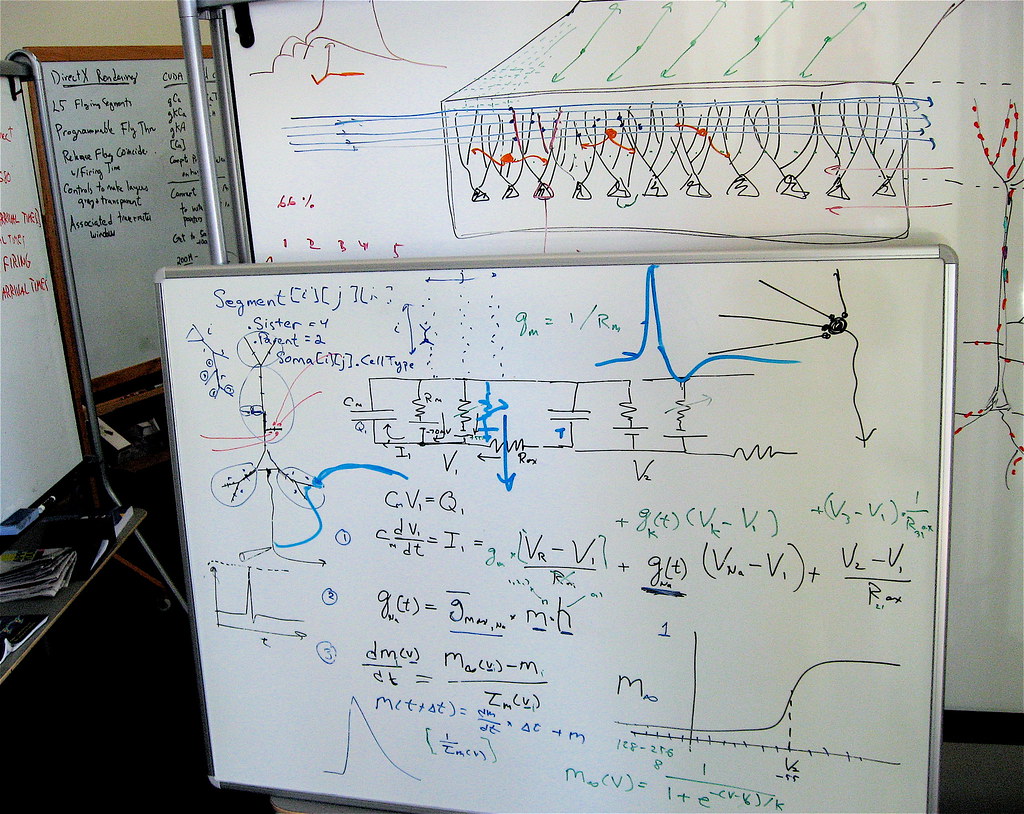
Scientists have developed sophisticated mathematical models to explain precisely how water-walking insects stay afloat. The fundamental equation balances the insect’s weight against the upward force provided by surface tension: F = γ × P × cos(θ), where γ represents surface tension, P is the perimeter of contact, and θ is the contact angle between the water and the insect’s legs. For a typical water strider weighing 10 milligrams, the combined perimeter of all leg contacts must create sufficient force to support this weight. Fluid dynamics models show that each leg creates a depression approximately 4 millimeters in diameter without breaking the surface tension. The depth of these depressions is typically less than 1 millimeter, demonstrating the delicate balance these insects must maintain. Computational fluid dynamics simulations have further revealed how the vortices created during movement generate both lift and propulsion forces, allowing researchers to understand these complex interactions at microscopic scales.
Evolutionary History of Water-Walking Adaptations
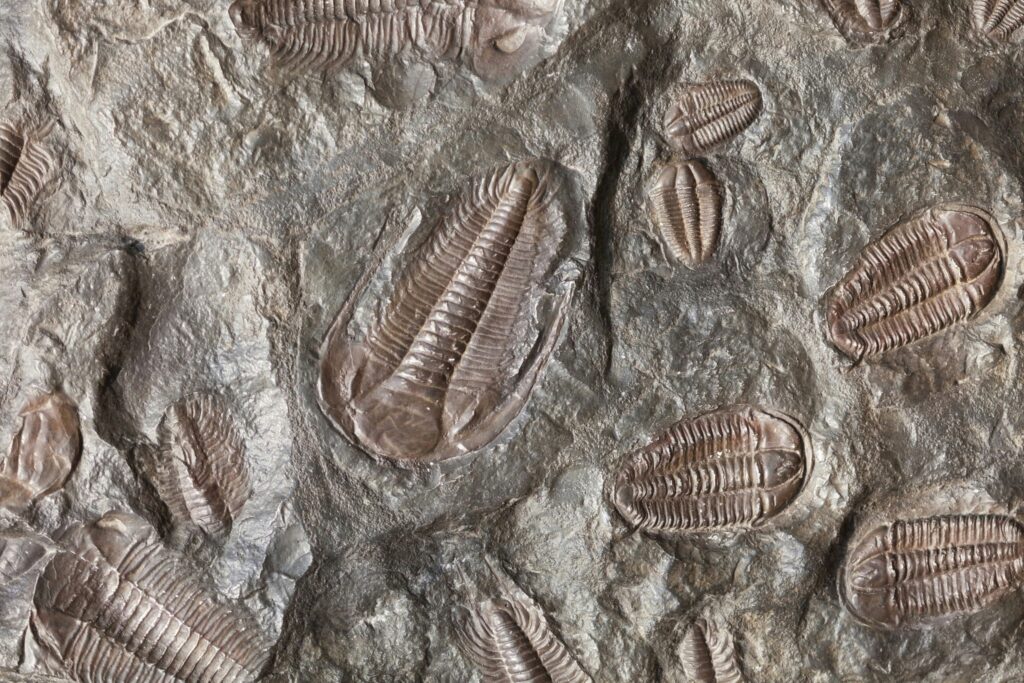
The ability to walk on water evolved independently in several insect lineages, representing a fascinating case of convergent evolution in response to similar ecological pressures. Molecular and fossil evidence suggests that the ancestors of modern water striders developed their water-walking adaptations approximately 50 million years ago during the Eocene epoch. This timing coincides with the expansion of freshwater habitats following the end-Cretaceous extinction event, creating new ecological niches for exploitation. Genetic studies show that the development of specialized hydrophobic leg structures involved mutations in genes controlling hair development and cuticle composition. The ancestral water striders were likely semi-aquatic insects that gradually specialized for a fully surface-dwelling lifestyle. Evolutionary biologists have identified progressive adaptations across related species, from those that occasionally venture onto water to fully specialized water-walkers, providing insight into the step-by-step evolution of this remarkable ability.
Ecological Advantages of Water Walking
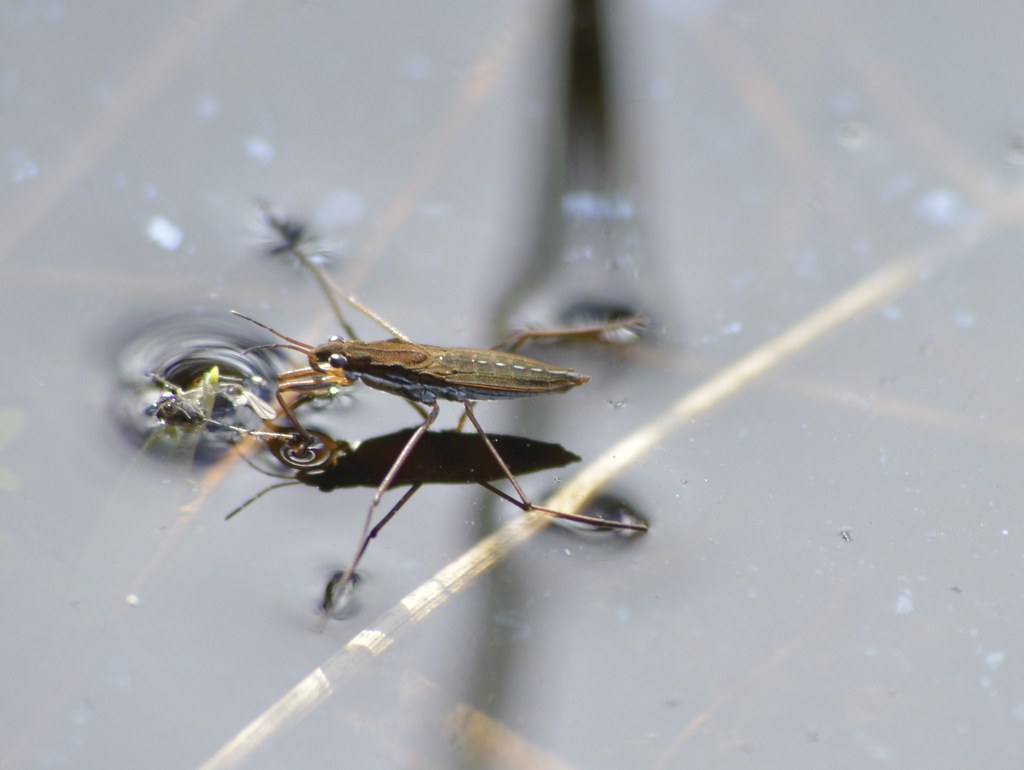
The ability to walk on water provides numerous ecological advantages that explain why this trait has been so strongly selected for in certain insect lineages. By occupying the water’s surface—essentially a two-dimensional habitat—these insects access food resources unavailable to strictly aquatic or terrestrial species. Water striders feed primarily on insects that fall onto the water’s surface, detecting their struggles through surface vibrations from distances of up to 2 meters away. This specialized niche reduces competition from other predators and provides a relatively predator-free zone, as few aquatic predators can capture prey at the precise interface between water and air. Water-walking abilities also provide exceptional mobility across habitats, allowing quick escape from threats and rapid colonization of new water bodies. During flooding events, water-walking insects often experience population booms as their habitat expands, demonstrating the ecological opportunism this adaptation enables.
Smaller Insects and Different Surface-Tension Strategies
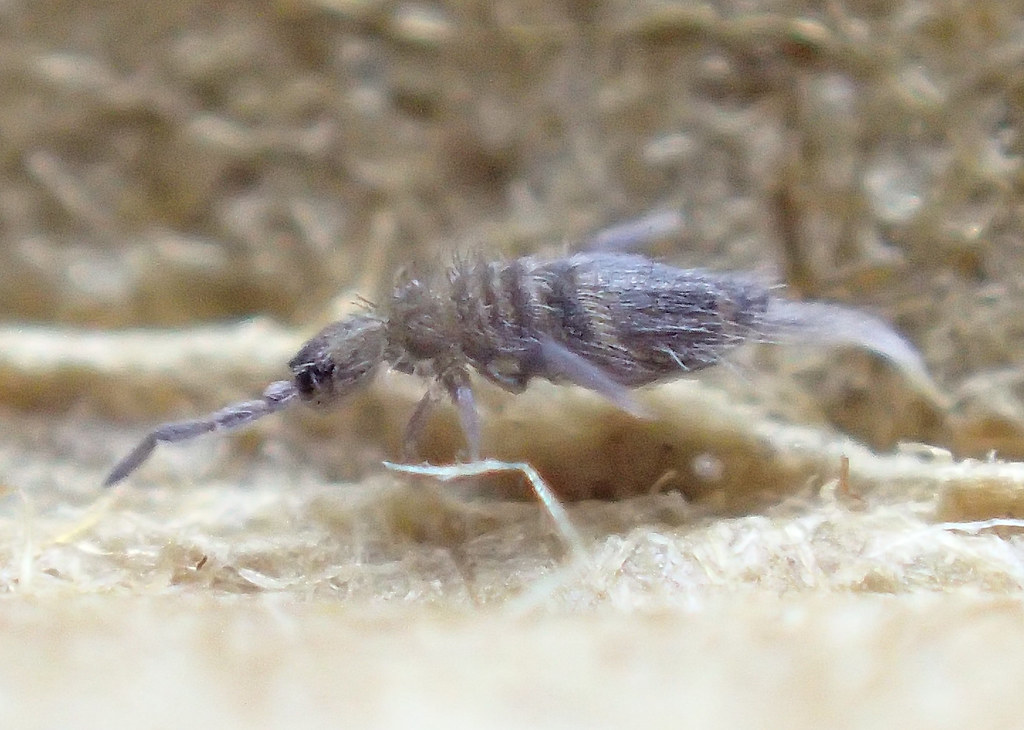
Beyond the well-known water striders, numerous other small insects employ various surface tension strategies to interact with water surfaces. Springtails (Collembola), microscopic hexapods that aren’t true insects, possess a specialized structure called a collophore that allows them to stick to water surfaces from below, essentially walking upside down on the underside of the surface film. Mosquito larvae use specialized siphons that pierce the water’s surface, allowing them to breathe atmospheric oxygen while remaining mostly submerged. Certain small beetles create safe “bubbles” of air on the water’s surface where they can rest without sinking due to their hydrophobic body coatings. The pygmy backswimmer (Pleidae) represents one of the smallest aquatic insects at just 2mm long, and it can temporarily cling to the water’s underside to ambush prey, using surface tension in yet another innovative way. These diverse examples demonstrate how surface tension has been exploited through various evolutionary pathways.
Biomimicry: Learning from Nature’s Water Walkers
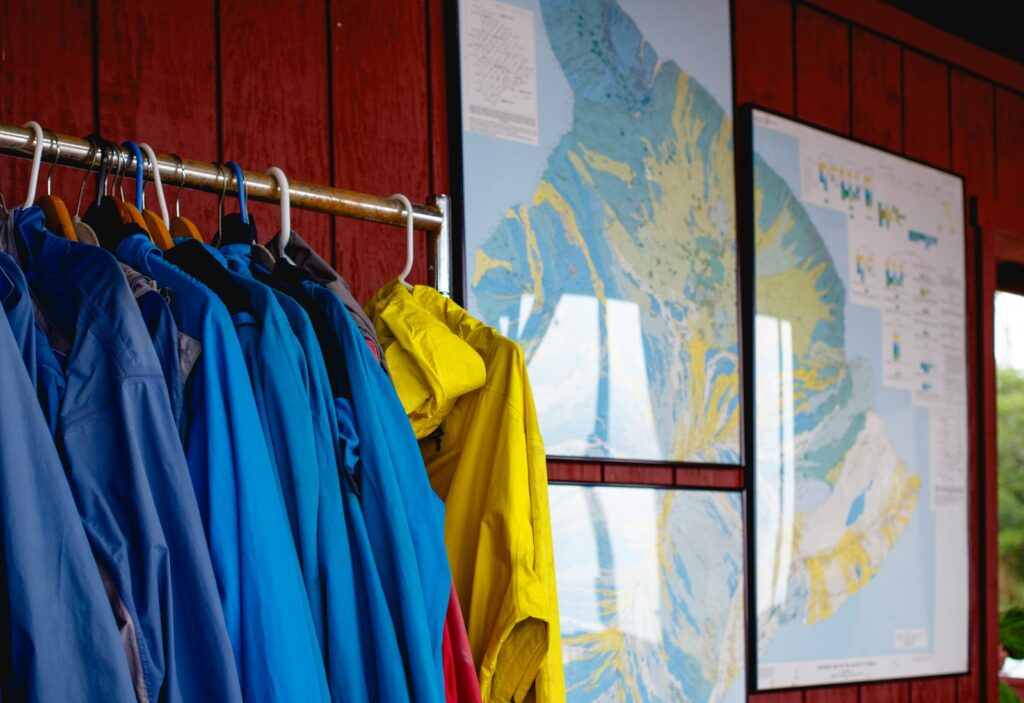
Engineers and material scientists have drawn significant inspiration from water-walking insects to develop sophisticated human technologies. The superhydrophobic surfaces of water strider legs have influenced the development of water-repellent textiles, self-cleaning surfaces, and anti-fouling coatings for marine applications. Researchers at universities including MIT and Shanghai Jiao Tong University have created miniature robots that mimic water striders, capable of jumping on water surfaces without breaking through—achievements that required detailed understanding of the insects’ biomechanics. These micro-robots use surface tension for support and locomotion just like their biological counterparts, potentially leading to applications in environmental monitoring, water sampling, and search-and-rescue operations in aquatic environments. The study of water-walking insects has also informed more efficient boat hull designs by revealing how to minimize drag at the air-water interface. These biomimetic applications demonstrate how natural adaptations refined over millions of years can help solve complex engineering challenges.
Challenges and Limitations of Water Walking
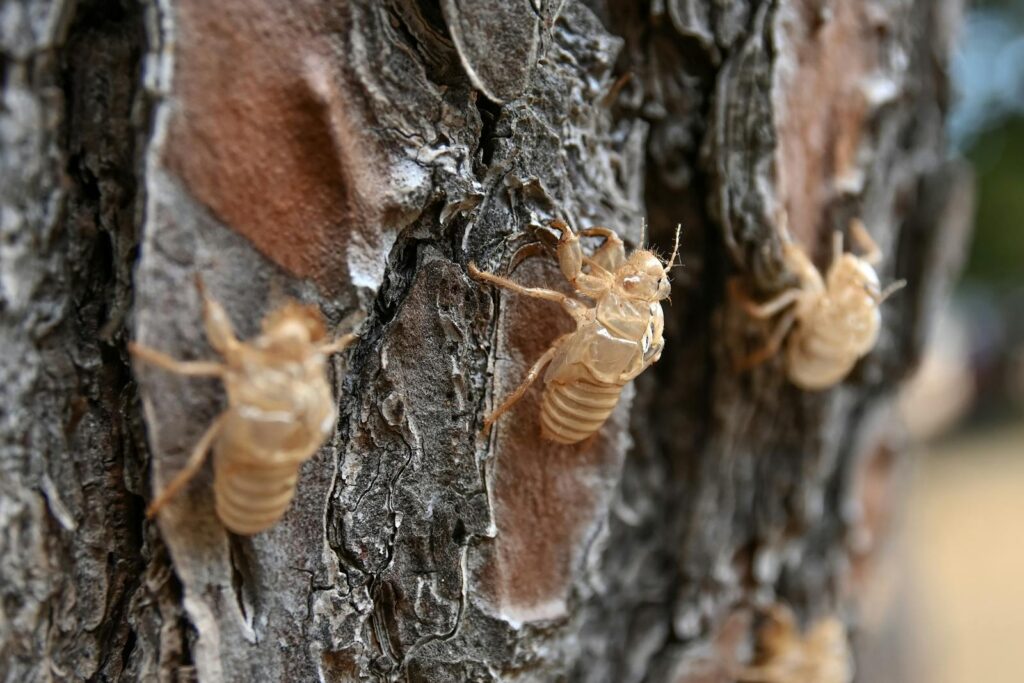
Despite its advantages, water walking presents significant challenges that limit which species can employ this strategy. Surface tension can only support objects below a certain weight threshold, which explains why water-walking is limited to small invertebrates—typically those weighing less than 1 gram. Environmental factors significantly impact these insects’ abilities; rain, pollution, and detergents can all reduce water’s surface tension and potentially cause water striders to sink. Temperature changes also affect surface tension—colder water has higher surface tension, allowing slightly heavier insects to be supported in colder conditions. Water-walking insects face particular challenges during molting periods when their hydrophobic coatings may be temporarily compromised. Wind presents another significant challenge, as it can create waves that disrupt the surface film and potentially swamp these delicate creatures. These limitations demonstrate why water walking remains a specialized niche strategy rather than a widespread locomotion method across diverse animal groups.
Conclusion
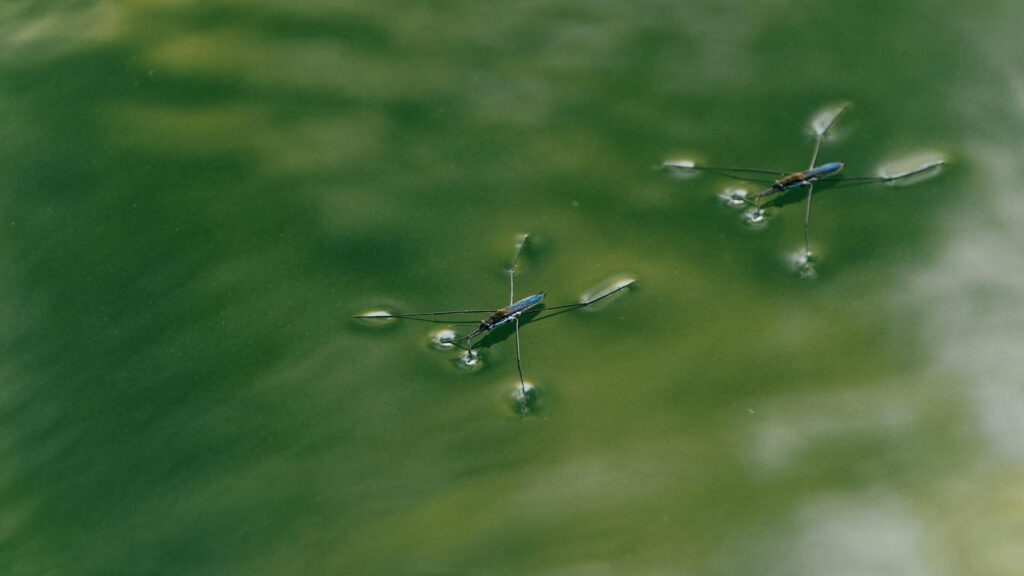
The ability of certain insects to walk on water represents one of nature’s most elegant demonstrations of the interplay between physics and biology. Through specialized adaptations developed over millions of years of evolution, these remarkable creatures exploit the fundamental properties of surface tension to create a lifestyle at the precise boundary between aquatic and terrestrial worlds. From the microscopic hydrophobic hairs that repel water to the precisely engineered leg structures that distribute weight perfectly, water-walking insects showcase nature’s engineering prowess. As we continue to study these fascinating creatures, they not only expand our understanding of biological adaptation but also inspire new technologies that mimic their remarkable abilities. The humble water strider, seemingly defying gravity as it skates across a pond’s surface, reminds us that some of the most profound scientific lessons come from carefully observing the everyday wonders of the natural world.

